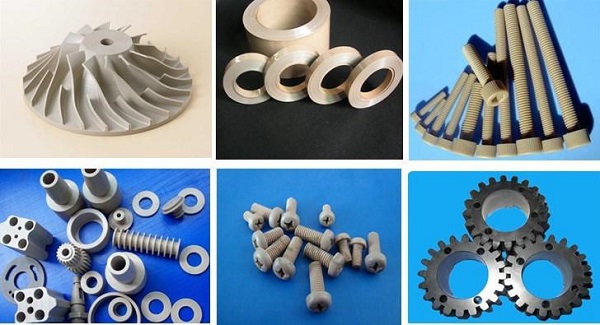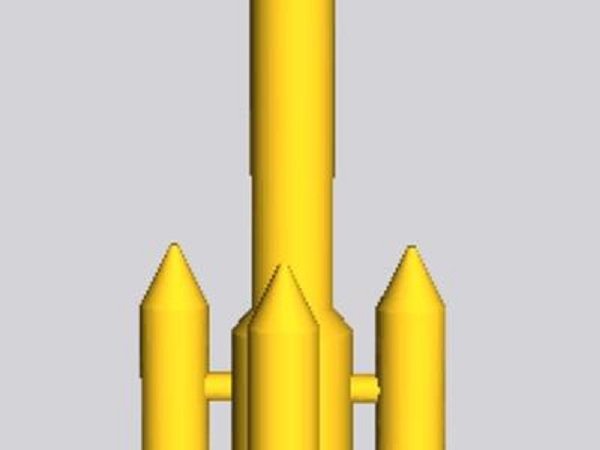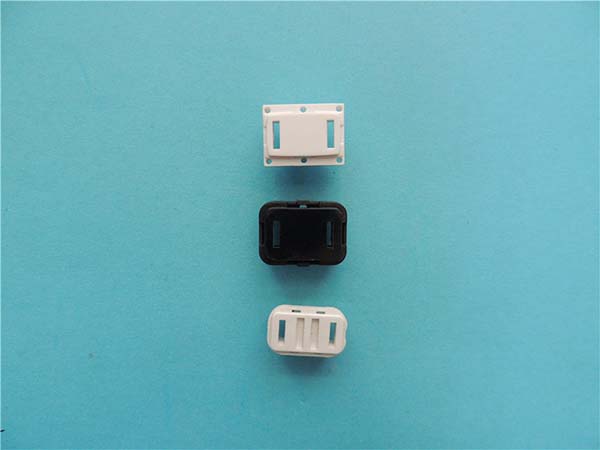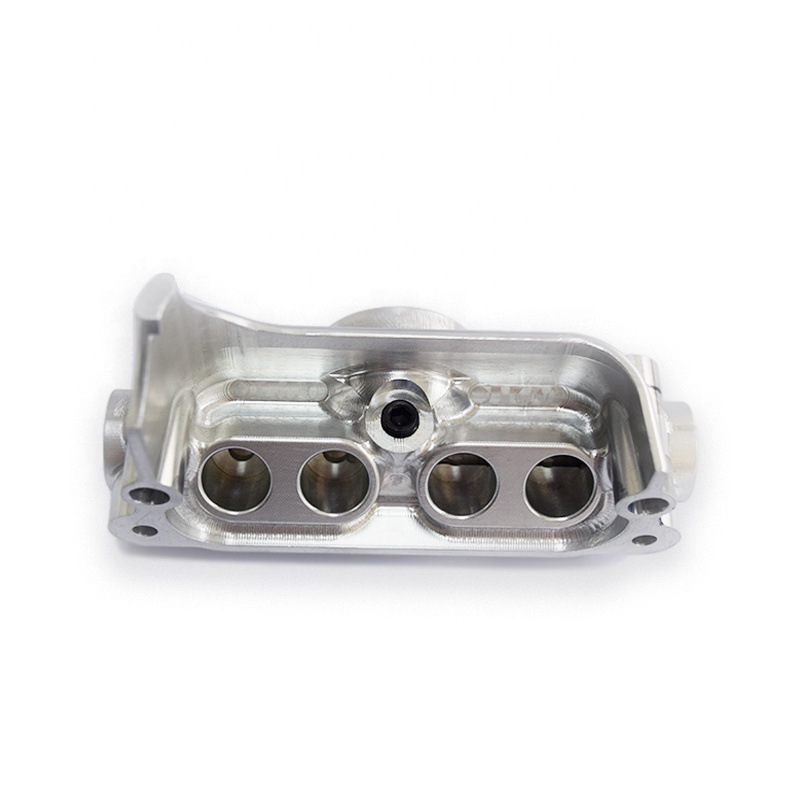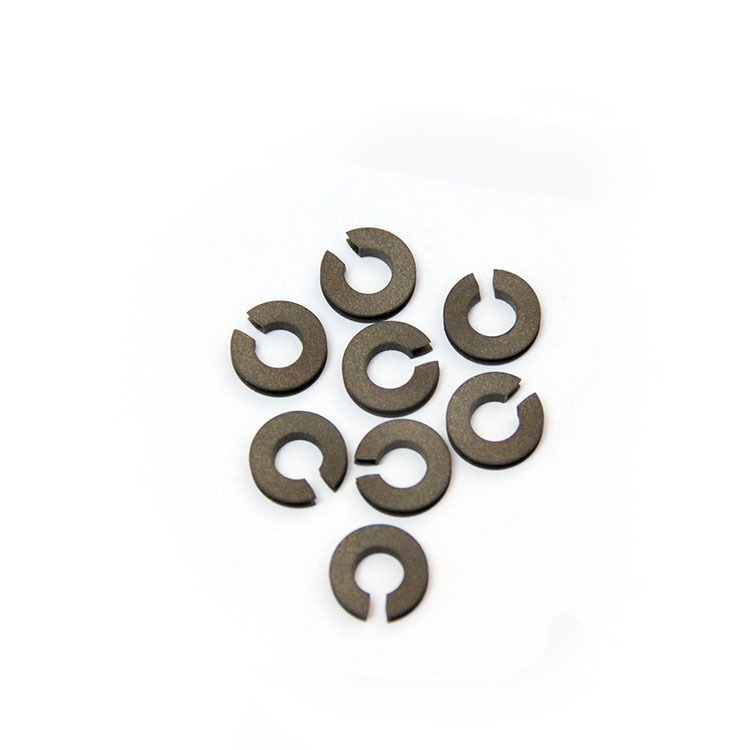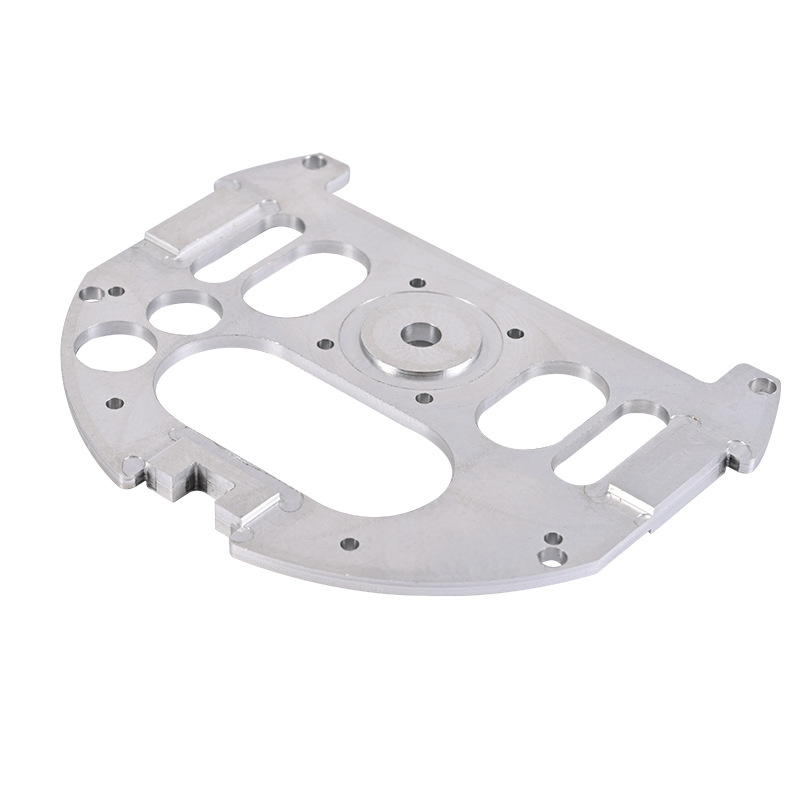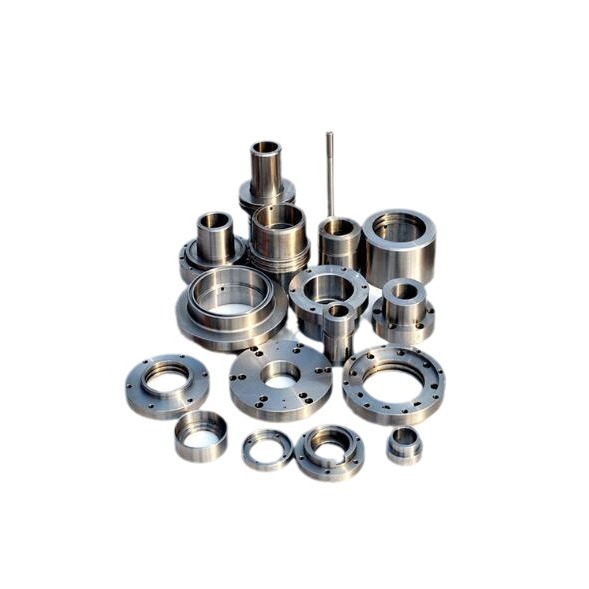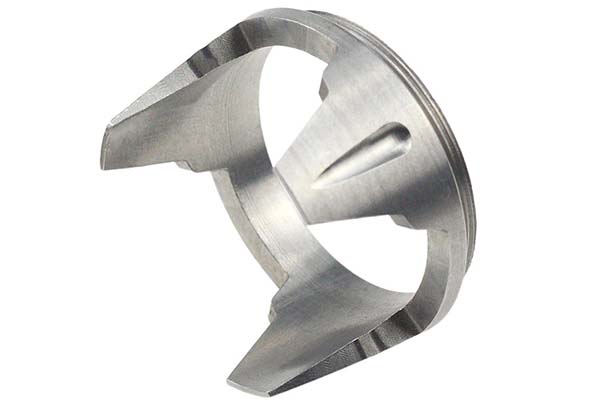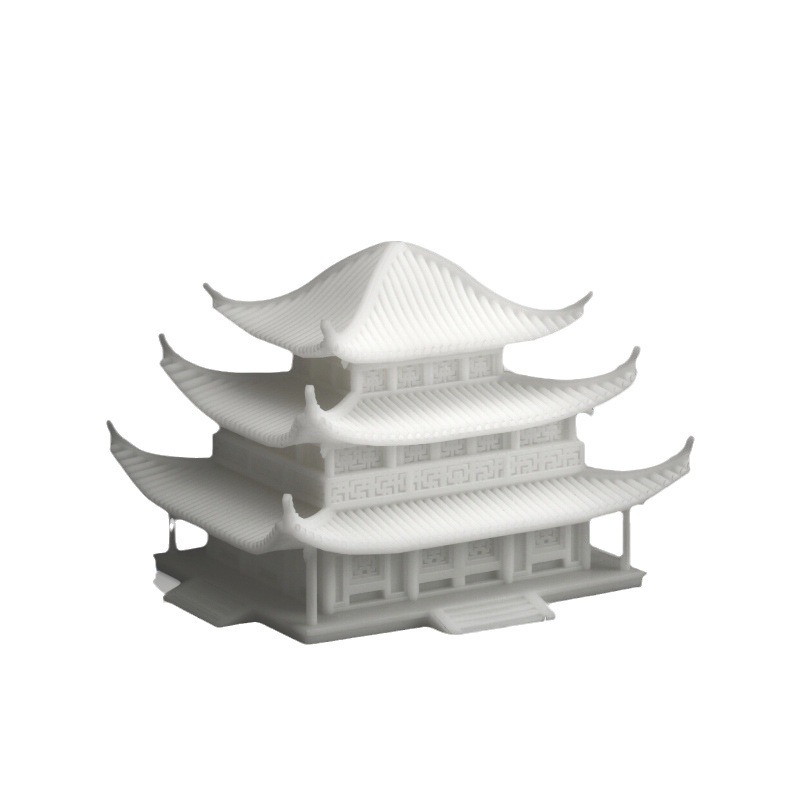What is 3D Printing?
Definition
3D printing, also known as additive manufacturing, refers to the process of creating three - dimensional solid objects from a digital file. According to the definition in the field, additive manufacturing is "the creation of solid objects by building up multiple layers, each layer corresponding to a plan held in a digital file". This technology has revolutionized the manufacturing industry by allowing for the production of complex geometries that were previously difficult or impossible to achieve with traditional manufacturing methods.
Basic Concept
The basic concept of 3D printing is based on the principle of layer - by - layer construction. First, a 3D model is created using computer - aided design (CAD) software or obtained from a 3D scanner. Then, the 3D printer reads the digital file and deposits materials layer by layer, gradually building up the object.
In contrast to traditional subtractive manufacturing, which involves removing material from a larger block to create the desired shape (such as carving or machining), 3D printing adds material in a precise and controlled manner. This fundamental difference leads to several advantages. For example, 3D printing can significantly reduce material waste. In subtractive manufacturing, a large amount of raw material may be cut away and discarded. Consider the following simple comparison table:
| Manufacturing Method | Material Waste | Complexity of Geometry | Production Time for Small Batches |
| Subtractive Manufacturing | High | Limited by tools and molds, complex geometries are difficult and costly | Long, as each part may require multiple machining operations |
| 3D Printing | Low, only uses the amount of material needed for the object | Can create highly complex shapes without additional cost or difficulty | Shorter, especially for customized or small - batch production |
As shown in the table, 3D printing shines in scenarios where complex designs are needed or small - batch production is required. A visual representation (Figure 1) can further clarify the difference:
[Here you can insert a simple diagram showing a cube being created by removing material in subtractive manufacturing and being built up layer by layer in 3D printing]
This layer - by - layer building process enables 3D printing to produce objects with intricate internal structures, like lattice - based designs for lightweight yet strong components, which are almost impossible to make through traditional subtractive methods.
How Does 3D Printing Work?
The Process
- 3D Modeling: The first step in 3D printing is creating a 3D model. This can be done in several ways. One common method is using computer - aided design (CAD) software, such as AutoCAD, Blender, or SolidWorks. For example, an industrial designer might use SolidWorks to design a new prototype of a product, carefully defining all the dimensions, curves, and features of the object. Another way is through 3D scanning. A 3D scanner can capture the shape of a physical object and convert it into a 3D digital model. Archaeologists may use 3D scanning to create digital replicas of ancient artifacts.
- Slice Processing: Once the 3D model is ready, it needs to be sliced into thin layers. Specialized software, like Cura or Simplify3D, is used for this task. The slicing software takes the 3D model (usually in STL - Stereolithography format) and divides it into hundreds or even thousands of horizontal cross - sections. It also calculates the printing path for the 3D printer, determining how the material will be deposited layer by layer. For instance, if you are printing a small figurine, the slicing software will divide the figurine's model into numerous thin slices, each representing a very small height increment of the final object.
- Printer Operation: After slicing, the data is sent to the 3D printer. Different types of 3D printers use various technologies to deposit materials. For example, in a fused deposition modeling (FDM) printer, a spool of filament (usually plastic) is fed into the printer. The printer's extruder heats the filament until it becomes semi - liquid and then extrudes it through a nozzle, following the path defined by the sliced data. A resin - based stereolithography (SLA) printer, on the other hand, uses a laser to cure liquid resin layer by layer. As the laser traces the shape of each layer on the surface of the resin, the resin hardens, gradually building up the object.
- Finished Product Generation: As the 3D printer deposits material layer by layer, the object gradually takes shape. Once the printing process is complete, the finished product may need some post - processing. This could include removing support structures (if they were used during printing to hold up overhanging parts), sanding to smooth the surface, or painting to add color and a more finished look. For example, a 3D - printed mechanical part might need to have its support structures carefully removed and then be sanded to ensure a precise fit within a larger mechanism.
Key Elements
- Digital File: The digital file, usually in STL or OBJ format, serves as the blueprint for the 3D printing process. It contains all the geometric information about the object to be printed, including its shape, size, and details. Without a proper digital file, the 3D printer has no instructions on how to build the object.
- 3D Printer: There are various types of 3D printers, each with its own advantages and suitable applications. FDM printers are popular for home use and small - scale prototyping due to their relatively low cost and ease of use. SLA printers are known for their high - resolution prints, making them ideal for creating detailed models, such as jewelry prototypes or dental models. Selective laser sintering (SLS) printers can work with a wider range of materials, including some metals and ceramics, and are often used in industrial applications for manufacturing functional parts.
- Materials: A wide variety of materials can be used in 3D printing. Some common ones include:
- PLA (Polylactic Acid): Made from renewable resources like corn starch or sugarcane, PLA is biodegradable and has a relatively low melting point, making it easy to print. It is often used for creating decorative items, educational models, and small consumer products. For example, it can be used to print cute keychains or small art pieces.
- ABS (Acrylonitrile Butadiene Styrene): ABS is a strong and heat - resistant plastic. It is suitable for printing functional parts that need to withstand some stress or heat, such as parts for small appliances or mechanical prototypes.
- Resin: Resin is used in SLA and DLP (Digital Light Processing) 3D printers. It allows for very high - detail prints and is often used in the production of jewelry, art sculptures, and high - precision models.
- Metal Powders: Metals like aluminum, titanium, and stainless steel can be used in 3D printing through processes like selective laser melting (SLM) or electron beam melting (EBM). These metal 3D - printed parts are used in aerospace, automotive, and medical industries, where high - strength and precision components are required. For example, in the aerospace industry, 3D - printed titanium parts can be used to create lightweight yet strong components for aircraft engines.
Applications of 3D Printing
3D printing has found applications in a wide range of industries, revolutionizing the way products are designed, prototyped, and manufactured.
- Medical Field: In the medical industry, 3D printing is a game - changer. It is used to create personalized prosthetics. For example, according to a report, in 2022, over 50,000 custom - made 3D - printed prosthetics were distributed worldwide. These prosthetics can be tailored to fit the unique shape and needs of each patient, providing a more comfortable and functional solution compared to traditional off - the - shelf options. 3D printing is also utilized in creating patient - specific anatomical models. Surgeons can use these models to plan complex surgeries, such as craniofacial surgeries, reducing the risk during actual operations. Additionally, the concept of bioprinting, which involves printing living tissue using bioinks, is an emerging area of research with the potential to revolutionize organ transplantation.
- Automotive Industry: Car manufacturers are increasingly turning to 3D printing. For rapid prototyping, it allows designers to quickly create and test new parts, reducing the time - to - market for new vehicle models. For instance, Ford has been using 3D printing to produce prototype parts for its cars, cutting down the development time for new components by up to 75%. In terms of production, some high - end and specialized vehicles are now using 3D - printed parts, like interior components and even certain engine parts. These parts can be designed to be lightweight yet strong, improving fuel efficiency.
- Aerospace Industry: The aerospace sector benefits greatly from 3D printing due to its need for lightweight and high - strength components. Companies like Boeing and Airbus are using 3D printing to manufacture parts such as brackets, ducts, and engine components. A 3D - printed titanium bracket used in an aircraft can be up to 40% lighter than its traditionally - manufactured counterpart, while maintaining the same strength requirements. This weight reduction directly contributes to better fuel efficiency and lower operating costs for airlines.
- Construction Industry: 3D printing is making inroads in construction. There are projects around the world where entire buildings or large building components are being 3D - printed. For example, in Dubai, a 3D - printed office building was constructed. 3D printing in construction can significantly reduce construction time, waste, and labor costs. It also allows for more creative and complex architectural designs that are difficult to achieve with traditional construction methods.
- Consumer Goods: In the consumer goods industry, 3D printing enables mass customization. Companies can produce unique and personalized products. For example, some jewelry brands offer custom - designed 3D - printed jewelry, allowing customers to have one - of - a - kind pieces. Custom - made phone cases, with personalized designs or grips, are also becoming popular, produced through 3D printing technology.
Yigu Technology's View
As a non - standard plastic metal products custom supplier, Yigu Technology believes that 3D printing is revolutionizing custom production. It allows us to meet the complex design requirements of our clients with ease. For instance, complex - shaped plastic components that were once a challenge to manufacture can now be produced accurately through 3D printing. This technology also significantly shortens the delivery cycle. Instead of waiting weeks for traditional mold - based production, we can have a prototype or a small - batch production ready in a much shorter time. Moreover, 3D printing can reduce costs in certain scenarios, especially for low - volume production, by eliminating the need for expensive molds. Yigu Technology is actively exploring the application of 3D printing in our production process to provide better and more efficient services to our customers.
FAQ
What are the common materials used in 3D printing?
Common 3D printing materials include plastics like PLA (Polylactic Acid) and ABS (Acrylonitrile Butadiene Styrene). PLA, made from renewable resources such as corn starch or sugarcane, is biodegradable, has a low melting point, and is often used for decorative items, educational models, and small consumer products. ABS, on the other hand, is strong and heat - resistant, suitable for functional parts in mechanical prototypes or small appliances. Metals like aluminum alloy and titanium alloy are used in industries like aerospace and automotive for their high - strength properties. Resin is popular in SLA and DLP 3D printers, enabling high - detail prints for jewelry, art sculptures, and precision models. Ceramic materials can be used for 3D printing parts that need to withstand high temperatures and chemical corrosion, such as in the aerospace and electronics industries.
Can 3D printing replace traditional manufacturing methods?
3D printing cannot completely replace traditional manufacturing methods. Traditional manufacturing methods, like injection molding for high - volume production, are highly efficient and cost - effective when producing large quantities of identical parts. They also offer high - precision results for certain types of products. 3D printing, however, excels in creating customized and complex - shaped products with low production volumes. For example, in the production of a simple plastic toy in large quantities, injection molding is a better choice. But when it comes to creating a one - of - a - kind prosthetic for a patient, 3D printing is more suitable. In the future, they are likely to develop in a coordinated way, with each method being used according to the specific requirements of the product.
How accurate is 3D printing?
The accuracy of 3D printing is affected by multiple factors, including the type of 3D printing technology, materials, and printer settings. For common FDM (Fused Deposition Modeling) technology, the precision usually ranges from ±0.1mm to ±0.5mm. SLA (Stereolithography) technology can achieve a higher precision of around ±0.05mm. SLS (Selective Laser Sintering) has a precision of about ±0.1mm. In actual printing, the accuracy can be improved by optimizing parameters such as layer thickness, printing temperature, and speed. Post - processing techniques like sanding and polishing can also enhance the dimensional accuracy and surface quality of 3D - printed objects.
